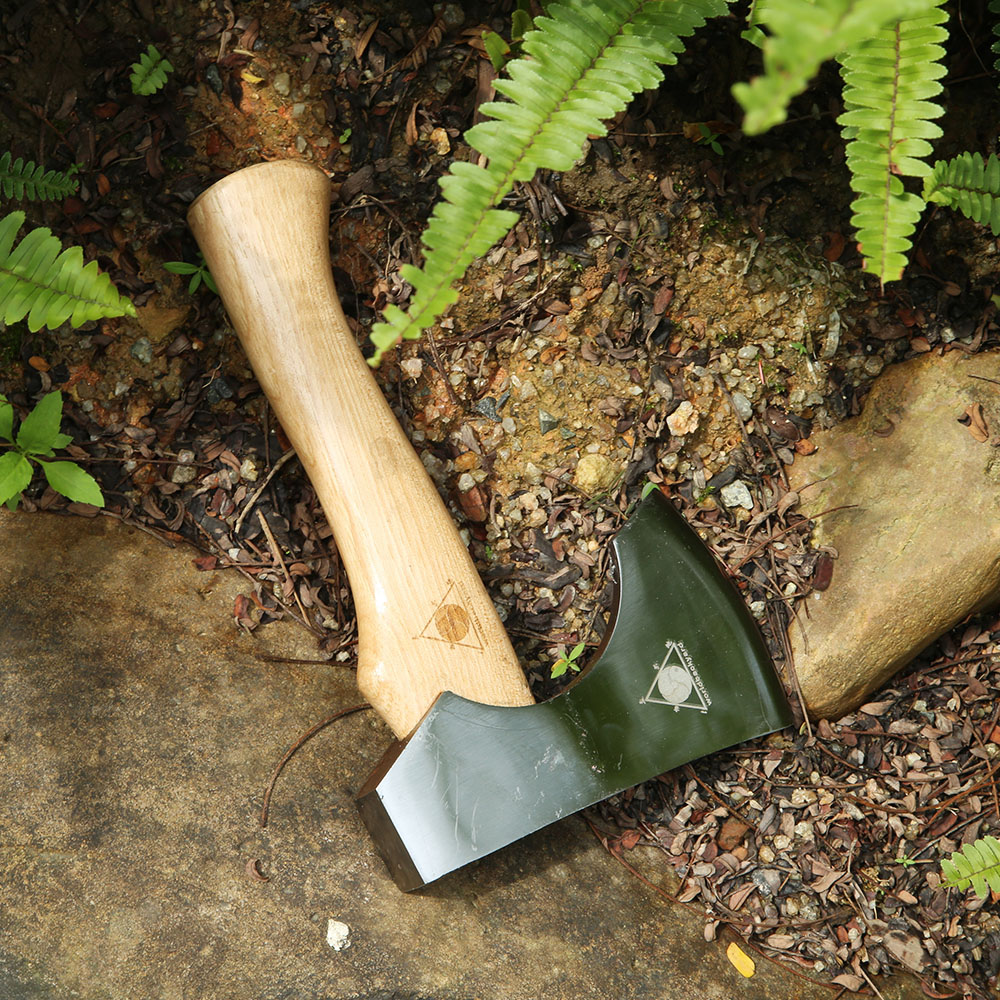Wooden tool handles come in various shapes and styles to suit different tools and tasks. Each handle variety is designed with specific ergonomic considerations and functionalities in mind. Here’s an exploration of some common wooden handle varieties:
1. Straight Handles: Straight handles are the most basic type and are often found on tools like chisels, screwdrivers, and files. They provide a simple and versatile grip for tasks that require precise control and accuracy.
2. D-Handles: D-shaped handles are characterized by their curved shape, which provides a comfortable grip and prevents the hand from slipping during use. They are commonly found on tools like shovels, spades, and pickaxes, where the user needs to apply force while maintaining control.
3. T-Handles: T-handles, as the name suggests, have a T-shaped design that offers a strong and balanced grip. They are frequently used on tools like hex wrenches and socket wrenches, where torque needs to be applied with stability.
4. Pistol Grip Handles: Pistol grip handles resemble the grip of a handgun, with a curved and ergonomic shape that fits naturally in the hand. These handles are found on tools such as drills, saws, and impact drivers, allowing users to comfortably apply force while maintaining control.
5. Y-Handles: Y-handles have a Y-shaped design that provides a secure grip for tasks that require both pulling and pushing motions. They are commonly used on tools like garden forks and rakes.
6. Egg-Shaped Handles: Egg-shaped handles are designed to fit the natural contours of the hand, providing a comfortable grip for tasks that require repetitive motions. These handles are often found on tools like carving knives and chisels.
7. Ergonomic Handles: Ergonomic handles are carefully designed to reduce strain on the hand and wrist during prolonged use. They often feature contoured shapes, finger grooves, and cushioning to enhance comfort and prevent fatigue. Ergonomic handles can be found on various tools, from hand saws to gardening tools.
8. Offset Handles: Offset handles are designed with an angle or bend, allowing the user’s hand to be positioned away from the tool head. This design provides clearance and increased leverage, commonly seen in wrenches and pliers.
9. Loop Handles: Loop handles are circular or oval in shape and provide a secure grip for tasks that require pulling or lifting motions. These handles are often found on tools like pruning shears and loppers.
10. Long Handles: Long handles are extended versions of straight handles, providing extra reach and leverage. They are commonly used on tools like hammers, mallets, and hatchets.
Choosing the right wooden handle variety depends on the tool’s function, the user’s comfort, and the tasks at hand. Each handle style is carefully designed to optimize grip, control, and ergonomics for specific applications, making your woodworking or DIY projects more efficient and comfortable.


